John William Jenkins, CDR USN (Ret) served his country for more than 20 years in one of the most intimidating assignments the armed forces have to offer — patrolling the skies at night in specially equipped fighter aircraft in three different wars: World War II, Korea and Vietnam.
But playing a deadly game of hide and seek at hundreds of miles per hour in pitch-black skies didn’t inspire what he would define as real fear, he said.
“Scared isn’t the right word. No, you’re tense when you’re out there and the enemy guys are running around the corner somewhere and you didn’t really know when or where you’d encounter them. So you’re on the alert, you never relax for a minute.”
But those feelings never deterred Jenkins from his dream.
“I wanted to be a pilot from the time I was a youngster,” Jenkins said. “I used to go to the airport and look around there, maybe get a ride. I wanted to fly, not much else.”
A Tampa native, Jenkins joined the military as part of the country’s call to duty after he graduated high school. For him, it was a natural response to the rising tide of war that engulfed the world just before the U.S. entered World War II.
“In 1940 you didn’t have a choice; you had to belong to something,” Jenkins said. “you couldn’t just sit around and do nothing, if you were an able person you had to join the military —that’s all it was. I preferred the Navy, so that’s what I did.”
That choice is how he began his military career.
On September 14, 1943, he became a naval aviator. As a naval aviator, Jenkins’ courage was tested during a mission in support of the invasion of France. For gallantry in action and aviation expertise, the nation bestowed its oldest military aviation award of the Distinguished Flying Cross in 1944. After that experience, he shifted to a far different mission, halfway around the world —flying night fighters in the Pacific Theater for the Navy.
Despite the known dangers, becoming a night fighter pilot was an easy choice for Jenkins. But that was the only easy thing about it as Jenkins was soon to face new challenges in a newly developing navy career field.
Night-time naval aviators emerged out of operational necessity around 1942 in Guadalcanal where naval aviators faced huge new challenges. Japanese naval and air forces were routinely attacking a fledgling U.S. base on Guadalcanal, often bombing the Marines and Army troops on the island at night. The Navy had to develop a night-fighting fighter force to respond to these challenges.
In 1945, Jenkins became a test pilot at the Naval Air Station in Patuxent River, Md., that had become the home for the development phase of naval aviation technology. Around for 70 years, its mission is supporting force modernization form development engineering to testing and evaluating all Navy and Marine Corps air vehicle systems and trainers — an historic role in which Jenkins played a part.
Proud of his specialized function in Navy aviation history, Jenkins pursued a military specialty at which only a few could succeed. It was work that aviators volunteered for, rather than being assigned by the military.
“We were all very much in the same boat. We got in on our own volition; nobody forced us to do it,” Jenkins said. “We’re a special group, we had special training. You really needed a special background.”
To become a competent Navy night fighter, aviators had to possess special, individual traits to conform to a challenging environment of flying at night.
“Your eyes have to be better than average eyes, the rest of your physical being had to be excellent and you had to have the right temperament to get out there at night. Nighttime scares some people, this was nighttime business.”
Because of the strict requirements, Jenkins had to be evaluated yearly to validate his readiness to maintain the rigorous mental and physical standards. He continued to pass them, and at one point returned closer to home and served as a flight instructor at the Naval Air Stations in both Miami and Whiting, Florida. There he continued his passion where he taught pilots the art and science of naval aviation.
It was in these settings Jenkins shared the knowledge of his experience — that of launching off and landing on an aircraft carrier that was only 300 feet in length, compared to a land-based aircraft’s 2,300 feet runway. If he flew too far, his plane risked crashing into the ocean.
“Carrier flying of course is just about the toughest thing a person could do,” Jenkins said. “Trying to get your airplane coming in at 200 miles an hour to land on a carrier that’s moving away from you at abut 35 knots…it’s not easy. Even with the best conditions like smooth water and constant wind.”
After coaching the next generation, Jenkins transitioned into his next responsibility aboard the USS Hornet. While on the aircraft carrier he was the Office-in-Charge of Composite Squadron THREE DET on a “Round the World Cruise.” This cruise lasted eight months and took him through the Atlantic, Mediterranean and Indian Oceans.
By Nov. 22, 1961, Jenkins again found himself on the cutting edge of technology in airborne warfare. He assumed command of the Fleet Air Reconnaissance Squadron One as U.S. involvement in Vietnam began to develop. During this time, Jenkins alongside colleagues W.J. Wacker and A.T. Holt led the squadron for VQ1, the U.S. Navy’s first dedicated squadron to use airborne electronic reconnaissance methods in the Pacific. Its mission was to provide reconnaissance of the enemy and the geography and support tactical commanders’ decision making. His tenure as the commander lasted three years ending in November 1964.
Through his career, Jenkins never lost his passion despite the recurring risks of flying an airplane off of a ship. Jenkins described it as a hairy experience.
“We had a few that went into the water and you know we got them out,” Jenkins said. “It happened occasionally. I don’t think we lost anyone, we fished them all out but it could have gone either way.”
Now, Jenkins’ name can be found in online historical archives demonstrating his vital contributions to the country and to the naval aviation field from testing emerging technology to training the next generation.
End of Ms. Guerra’s text.
After retiring from the Navy, he began teaching middle school until 1985, touching many students’ lives. During his extraordinary life, he enjoyed 65 years of marriage to the love of his life, Gail. Together Bill and Gail raised three daughters Lani, Lisa, and Lezlie, enjoyed playing golf, traveling the world and spending time as a family.
Bill was a humble man with a gentle spirit, showing love and respect to all who knew him, and to all creatures, great and small.
Bill died peacefully at home on July 18, 2018, with his family nearby. He is survived by his wife Gail; daughters Lani, Lisa, and Lezlie; son-in-law Thomas Marot; grand-children Nicole, Kyle (Julia), Bryan (Michelle); and five great-grandchildren Dante, Kieran, Gavin, Alexis and Zoey; brother Richard.
He was pre-deceased by brothers Robert (St. Petersburg) and Wallace (Panama City).



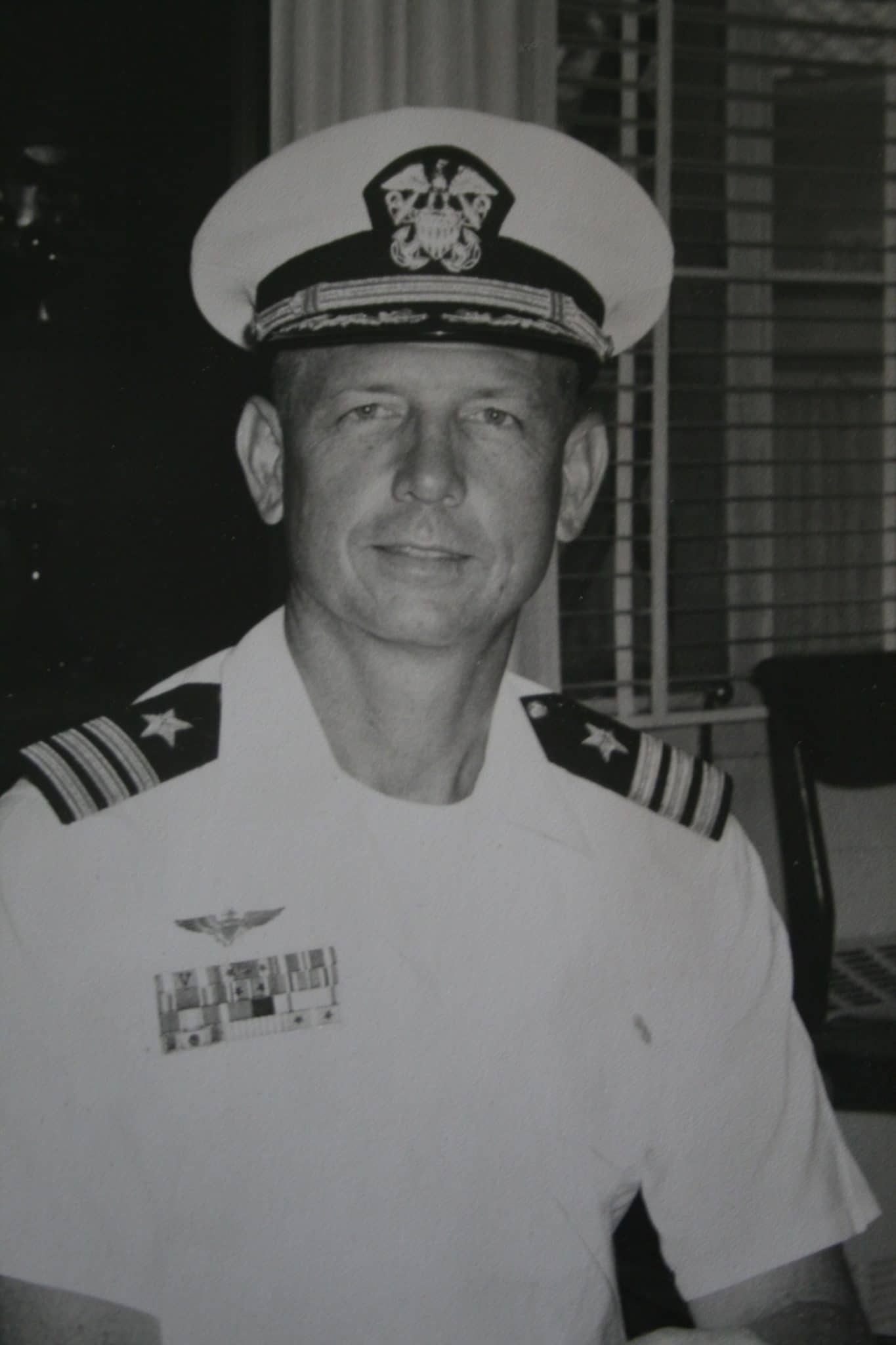

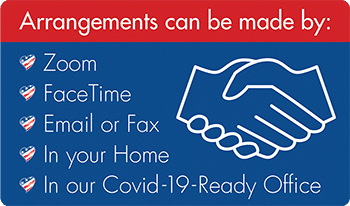

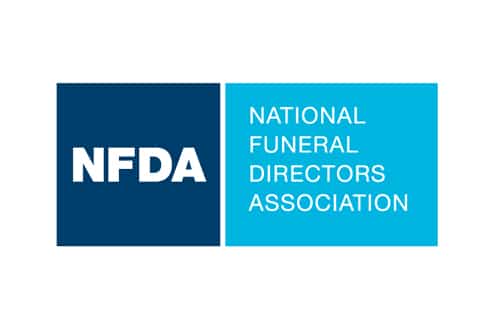
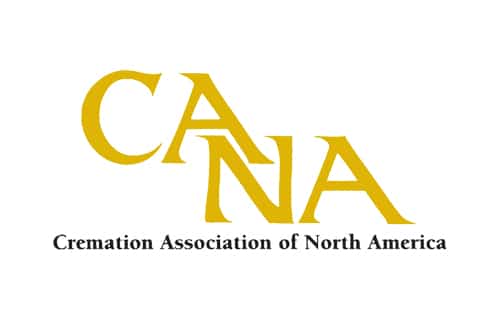
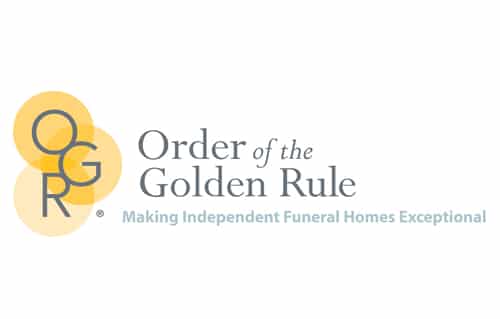

Hi Dad, I miss you more with each passing day and now that mom is with you I am missing both of you immensely!Love you all so much. Lily and Poco are with me and doing ok but they miss you too!!
I cherish all the wonderful memories and times we spent with the Jenkins family. Both Bill and Gail are very missed. It was an honor to know you both. You two are very missed but always inside my heart.